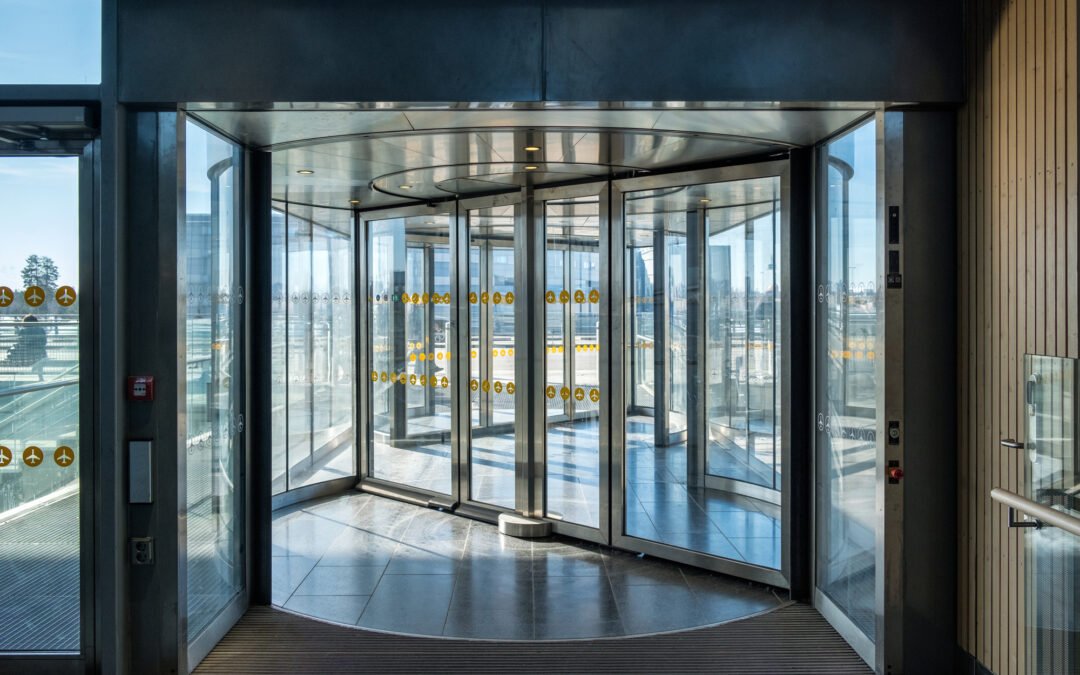You probably go through an automatic door almost every day. But where did the idea originate? The history of automatic doors is a fascinating journey that spans several decades, involving various inventors, engineers, and technological advancements. Here’s a brief overview of the key milestones in the history of the invention of automatic doors:
Early Concepts and Innovations (Late 19th to Early 20th Century)
The concept of automatic doors can be traced back to the late 19th century. Inventors and engineers began exploring ways to create doors that would open and close without requiring manual effort. Early innovations included mechanical systems and counterweighted designs.
Introduction of Electric and Pneumatic Systems (Mid-20th Century)
In the mid-20th century, advancements in electric and pneumatic technology paved the way for more practical automatic door systems. Engineers like Dee Horton of Stanley Works developed the first automatic sliding doors that used pneumatic technology. These doors were initially used in stores and businesses.
Radar-Based Sensors (1960s)
The 1960s saw a significant breakthrough with the introduction of radar-based sensors. Engineers Lew Hewitt and Wilfred L. Butler developed the first automatic sliding doors that used radar technology to detect the presence of people approaching the door. This innovation revolutionized the convenience and safety of automatic doors.
Swinging and Revolving Doors (1960s-1970s)
While sliding doors gained popularity, companies like Record and Nabco Entrances introduced automatic swinging and revolving doors. These doors were often used in high-traffic environments like airports and commercial buildings.
Microprocessors and Infrared Sensors (1980s-1990s)
The 1980s and 1990s marked a period of further innovation with the introduction of microprocessors and infrared sensors. These technologies allowed for more precise and efficient detection of movement, enhancing the overall functionality of automatic doors.
Variety of Applications (Late 20th Century)
Automatic doors became increasingly common in various settings, including retail stores, hospitals, airports, and office buildings. Their convenience and accessibility made them a preferred choice for architects and designers.
Modern Innovations (21st Century)
The 21st century brought about further advancements in automatic door technology. Touchless solutions, motion-sensing systems, and integration with smart building technologies became standard features. These innovations were driven by the growing emphasis on energy efficiency, accessibility, and user experience.
Diverse Designs and Configurations
Over time, automatic doors evolved to include a wide range of designs, including sliding, swinging, revolving, folding, and telescopic doors. These variations cater to specific architectural needs and space constraints.
Integration with Access Control Systems
In recent years, automatic doors have been integrated with access control systems, allowing for seamless entry and exit based on authorized credentials. This enhances security and control in various environments.
Invention of automatic doors
The history of the invention of automatic doors reflects the synergy between engineering creativity and technological advancements. From humble beginnings to cutting-edge designs, automatic doors have transformed the way people move through public and private spaces, enhancing convenience, safety, and accessibility.

